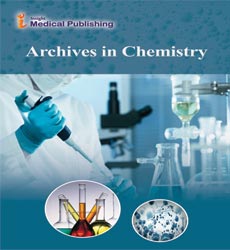Women, Physiological changes and yield of Solanum lycopersicum in different microclimates
Abstract
In the present study, we realized and implemented an experimental device consisting of three chapel-shaped greenhouses of 15 m2 surface each one. The effects of the different microclimatic conditions on photosynthesis, chlorophyll fluorescence characteristics and yield were investigated of tomato plants, grown for 5 months in the three considered greenhouses: a transparent greenhouse "TG", a thermally insulated greenhouse "IG" and a greenhouse insulated and equipped a solar air collector with latent heat storage "IGHLS". Furthermore, the application of heating with Solar Air Heater with Latent Storage Collector (SAHLSC) enhanced photosynthesis by increasing the photosynthesis rate (Pn) and the intercellular CO2 concentration (Ci) of Tomato. This treatment enhanced the activity of the photosynthetic system by increasing Fv, Fm and Fv/Fm. The present study suggests that the changes in the photosynthetic system were closely associated with the application of night heating and that an increase of night temperature could induce photosynthesis, thereby increasing the yield of tomato. The photosynthetic or chlorophyll fluorescence parameters could be used to determine the sufficiency of SAHLSC during the production of tomato under greenhouse. So, a signiï¬ÂÂÂÂcant difference in plant yield was observed between the IG and IGHLS.
Open Access Journals
- Aquaculture & Veterinary Science
- Chemistry & Chemical Sciences
- Clinical Sciences
- Engineering
- General Science
- Genetics & Molecular Biology
- Health Care & Nursing
- Immunology & Microbiology
- Materials Science
- Mathematics & Physics
- Medical Sciences
- Neurology & Psychiatry
- Oncology & Cancer Science
- Pharmaceutical Sciences
